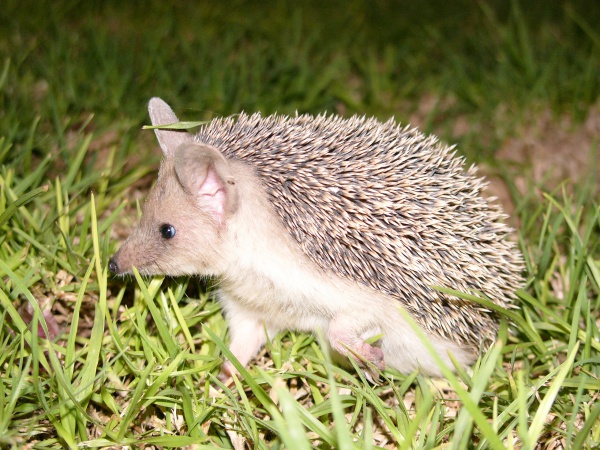Facts About Long-eared hedgehog
The long-eared hedgehog is a captivating small mammal native to parts of Central Asia and the Middle East. Recognized for its distinctively long ears, this species inhabits burrows and is among the smallest hedgehogs in the region. It primarily feeds on insects but also consumes small vertebrates and plants. In captivity, these hedgehogs can live for over seven years.
When considering acquiring a pet long-eared hedgehog, it is crucial to source one from a reputable supplier. These hedgehogs are susceptible to parasites and diseases, including the brown dog tick, which can transmit illnesses such as Boutonneuse fever.
The long-eared hedgehog typically measures 120 to 270 mm in body length, with a tail adding another 10 to 50 mm. They possess exceptional hearing and smell, aiding in hunting and evading predators. A notable feature is their spines, which are embedded in a muscle sheath that allows them to retract into a protective pouch when threatened. While their diet is diverse, insects constitute a significant portion.
Compared to the West European hedgehog, long-eared hedgehogs are smaller, faster, and less likely to curl into a ball when feeling threatened. They are active for most of the year, hibernating only briefly. Predators include birds such as the Eurasian eagle owl.
Their range extends from the eastern Mediterranean to western Pakistan, and from eastern Ukraine through Mongolia to China. They favor climates with moderate rainfall, such as dry steppes, semi-deserts, and deserts, and often settle near human settlements. Nocturnal and solitary, they inhabit burrows they dig themselves or abandoned burrows of other small mammals.
Reproduction occurs once a year in the summer, with a gestation period of 35 to 42 days. Females typically give birth to 2-3 offspring and have 8-10 nipples. The young begin eating solid food after about a week and quickly develop their spines.
Interestingly, long-eared hedgehogs can be quite beneficial in agricultural settings. They help control harmful pests without damaging crops, making them a natural ally for farmers.

 Afghanistan
Afghanistan